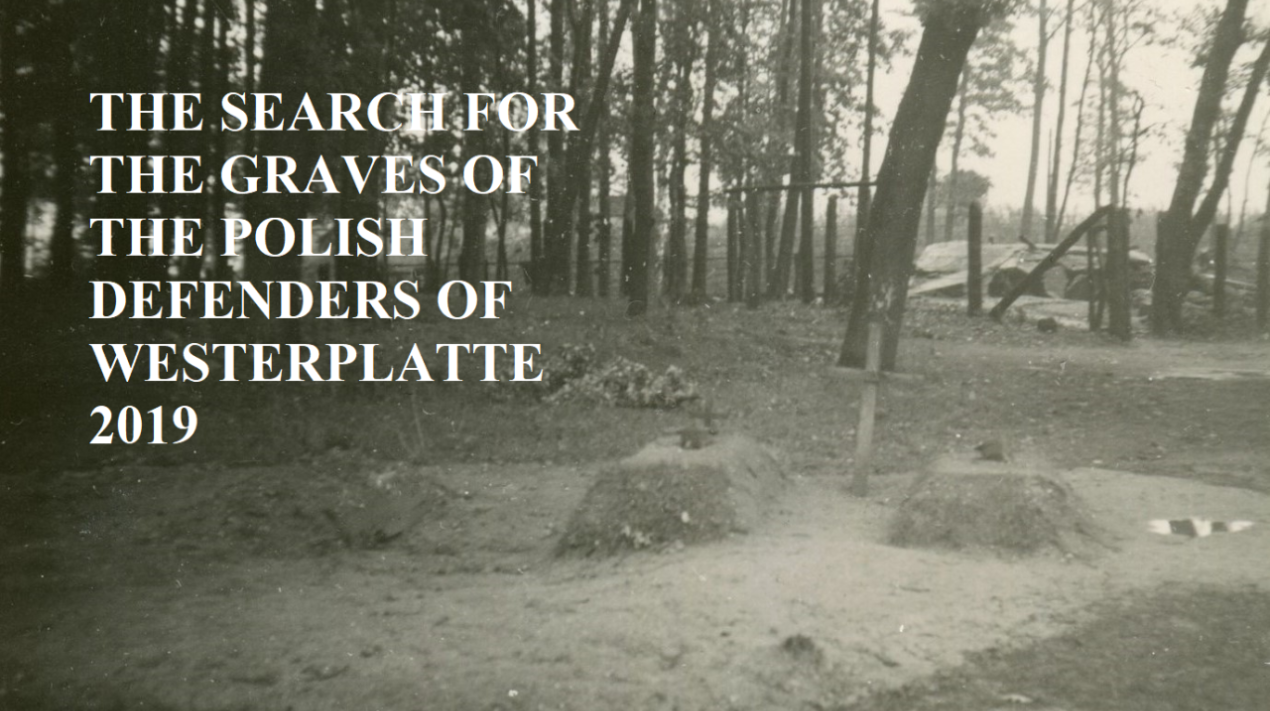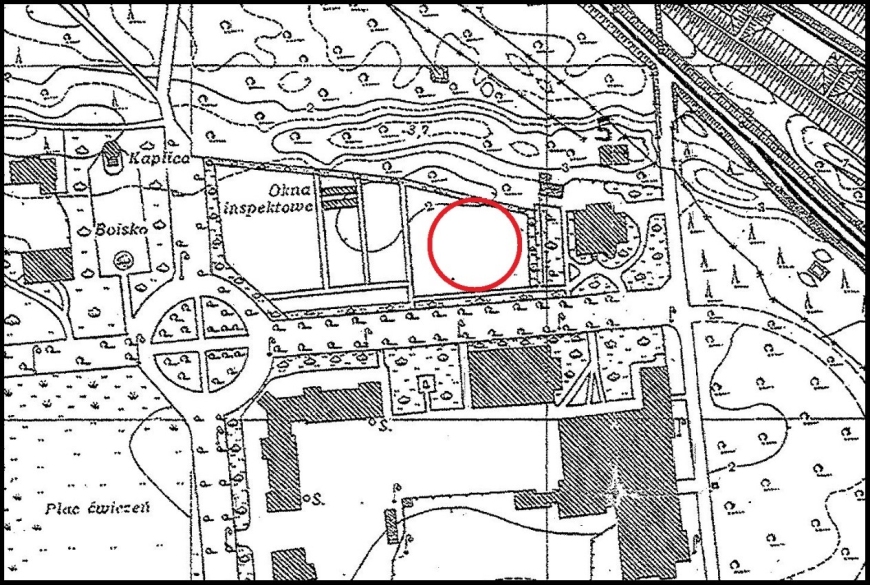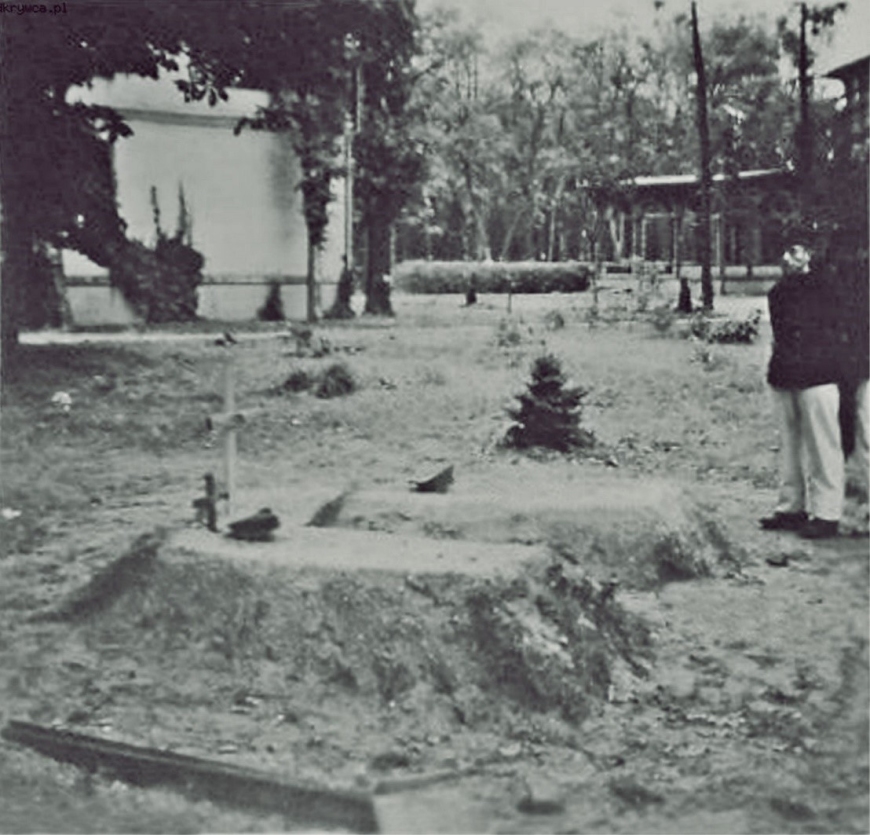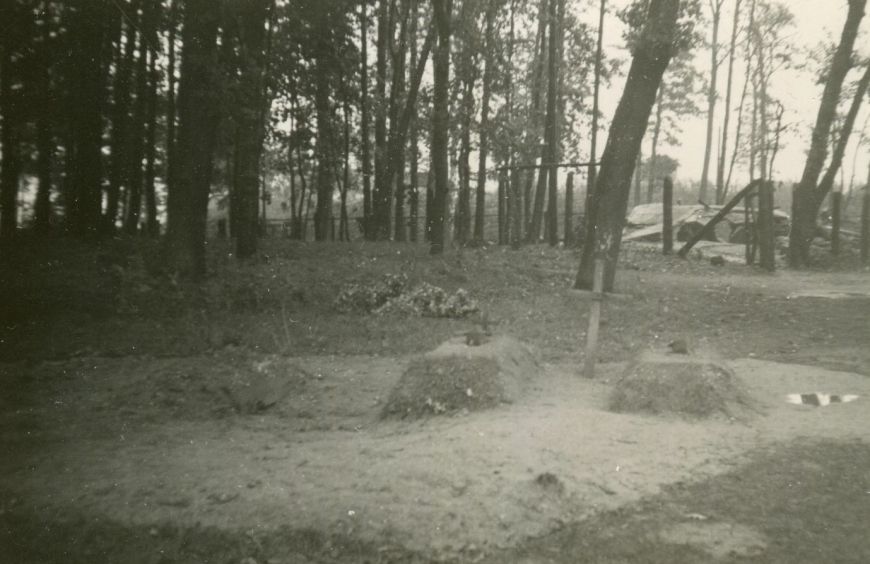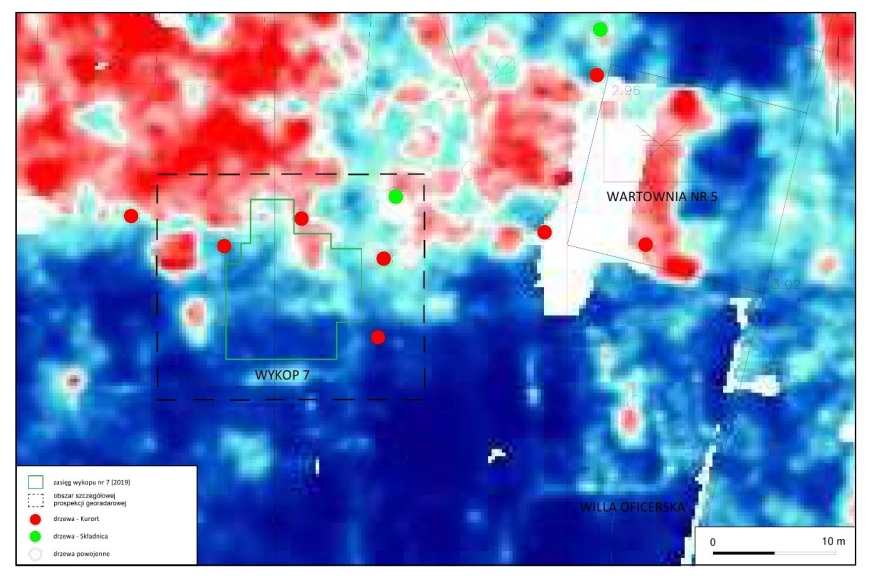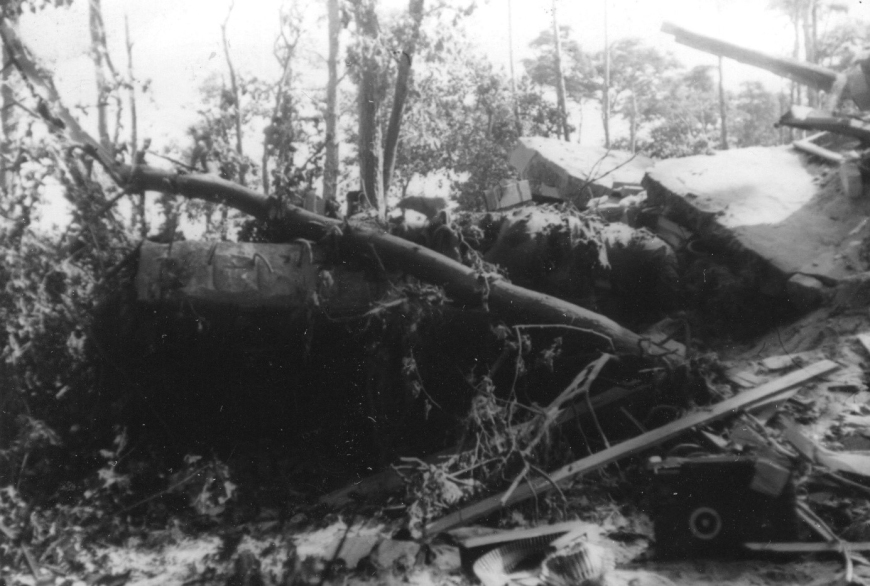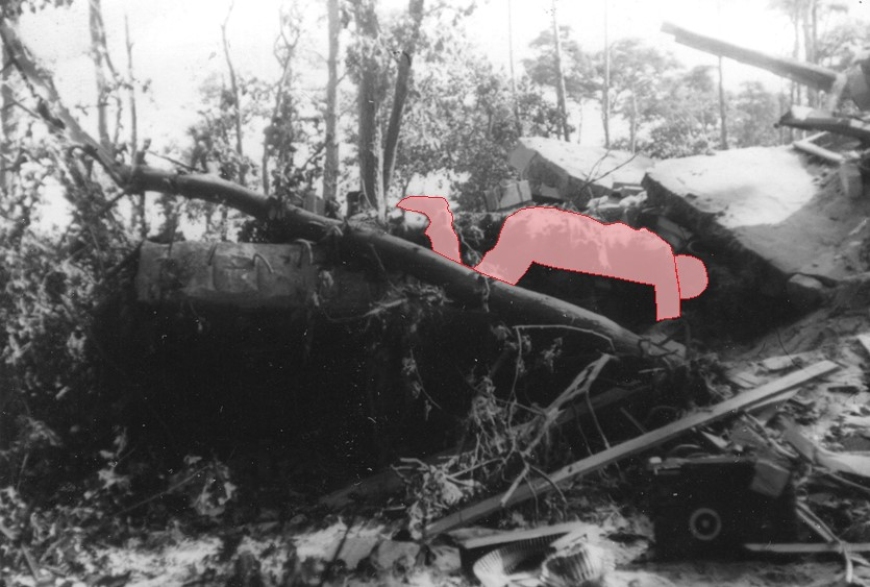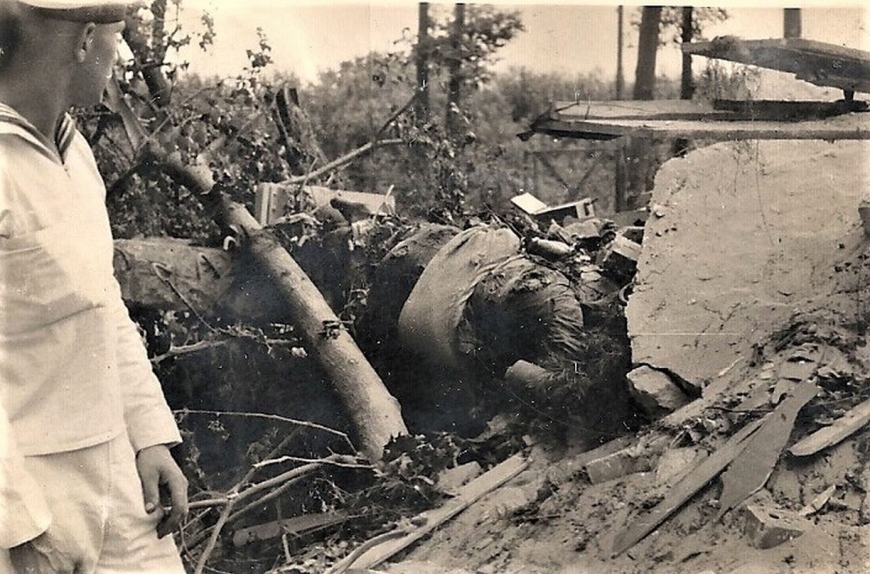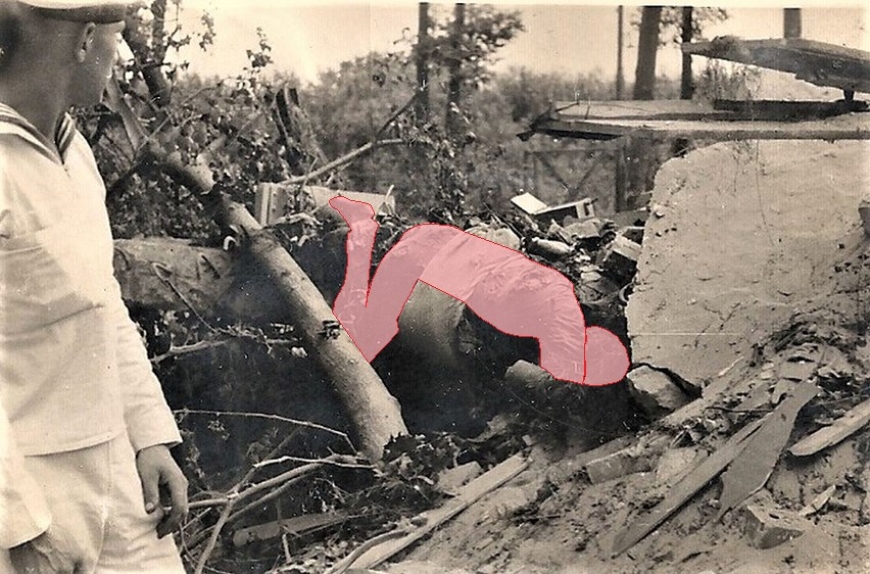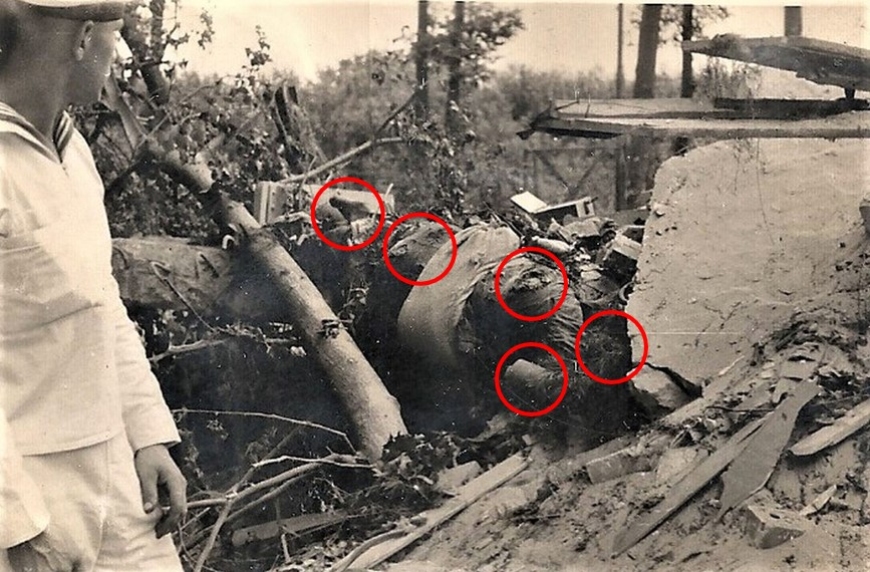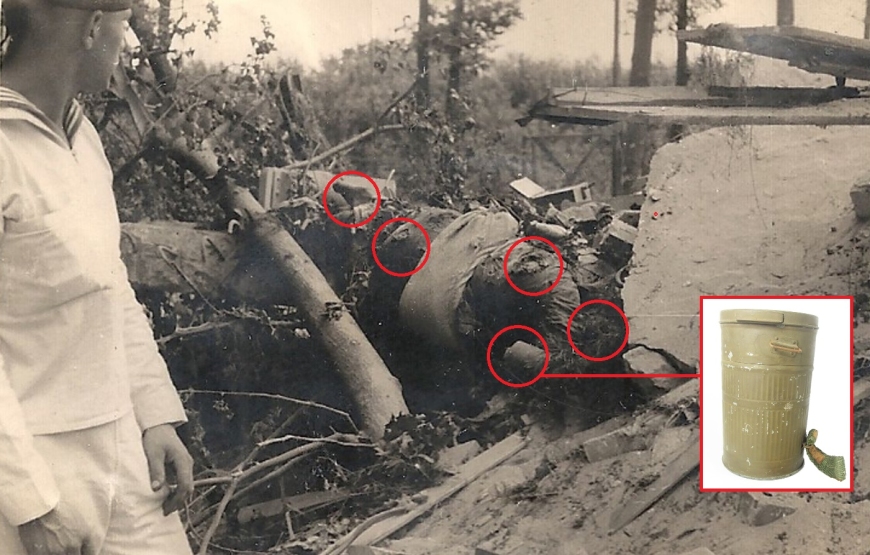The Search for the graves of the Polish defenders of Westerplatte in 2019
The funeral ceremonies of the Polish defenders of Westerplatte will take place on November 4th. Their remains will rest in the new Cemetery of the Polish Army Soldiers on the peninsula. The ceremonial burial of the heroes will fulfill the duties towards the fallen Polish soldiers that Poland fulfills today. The defenders have waited over 83 years for this act of respect.
The Polish soldiers uncovered in 2019 by archaeologists at the Museum of the Second World War in Gdańsk will rest at the cemetery. The burial place of the heroes remained forgotten for eighty years, but thanks to the determination and commitment of the research team, it was finally possible to determine the location of the graves. This place was located in the very center of Westerplatte, several meters from the main walking route leading to the Monument to the Coastal Defenders.
The research team began the search for the graves of the Military Depot’s defenders with a thorough analysis of the available archival material, primarily the memories of the participants of the fighting - Poles and Germans - and the accounts of civilian prisoners who, under German supervision, were made to clear the area of the peninsula after fighting there had ceased.
The aforementioned prisoners of war, mainly Poles arrested in the first days of September 1939 in Gdańsk and Gdynia - were sent to work at Westerplatte from September 8th. Their tasks included, among other things, filling the bomb craters, removing live shells, fences and other obstacles, as well as demolishing most of the buildings in the occupied Depot. The Poles were ordered to find the bodies of Polish soldiers killed during the defense and transport the bodies to a place designated by their German supervisors. The prisoners were forced, among other things, to extract from the ruins of Guardhouse No. 5 the bodies of Polish defenders.
The Polish prisoners of war moved the discovered remains of the defenders to the vicinity of the destroyed Guardhouse No. 5, where several pits were dug. The bodies were buried, and the place of burial was made clear by erecting three small earth mounds on which Polish crosses were placed. Later, the mounds and crosses were removed, which made it impossible to later precisely locate the graves.
Thanks to analysis of the memories of the combatants and civilian prisoners, it was possible to establish that the designated place for the burying of the bodies was a small clearing located to the west of the building of the Officers' Villa and Guardhouse No. 5.
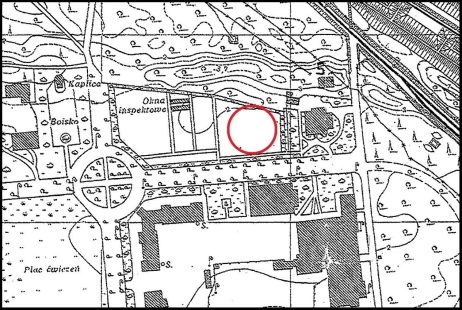
To better refine the information obtained, the team of archaeologists took further research steps. In June 2018, the largest GPR survey in the history of the peninsula was carried out, covering almost 22,000 m². A team of archaeologists selected an area of 400 m² in which it was expected to find the burial place of the fallen Westerplatians. In the area of the greatest interest to the researchers, the study of the measurement results did not reveal any anomalous sites indicating the location of the graves.
The key element that made it possible to finally locate the burials of Polish defenders was an analysis of photographs taken by German soldiers visiting Westerplatte after September 7th, 1939. By comparing the elements of the landscape (topography, buildings, trees) visible in the old photographs with the present appearance of Westerplatte, it was possible to properly define the research site. The knowledge of the exact location of the currently non-existent Depot buildings, acquired thanks to earlier excavations carried out in this area by the Archaeological Department of the Museum of the Second World War in Gdańsk, was also of great importance. All of this research allowed for a significant narrowing of the search area.
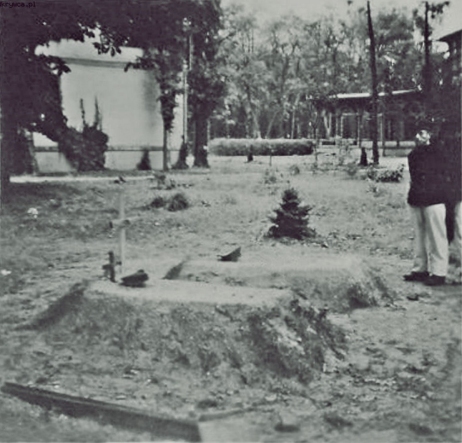
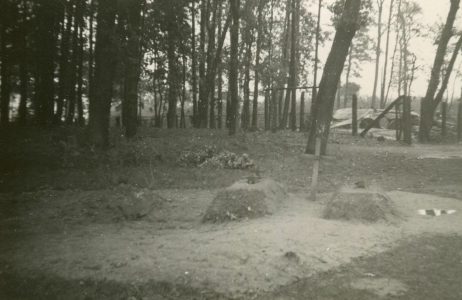
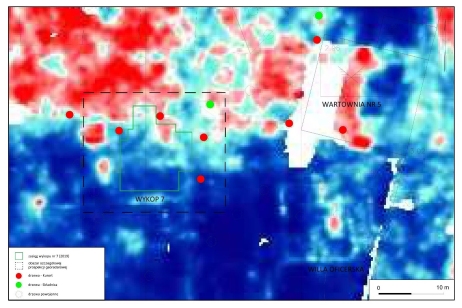
Archaeological research aimed at finding the graves of the fallen Westerplatians was conducted between September 12th and November 15th, 2019. The work covered an area of 110 m² and confirmed the accuracy of the information obtained through the analysis of witness accounts and archival photos. Archaeologists from the Museum of the Second World War found five burial sites of the Polish heroes, in which the remains of nine soldiers were buried. The arrangement of the bones indicated that the fallen had been hurriedly thrown into the pits. Most of those uncvered had injuries resulting from the action of a shock wave, high temperatures and impacts of debris. Such injuries indicated that at least some of those found must have belonged to the garrison of Guardhouse No. 5. This building was destroyed during a Luftwaffe air raid on September 2nd, 1939. The power of the explosion from two accurate air bombs weighing 50 kg and one bomb of 250 kg, which exploded at the north-eastern corner of the facility, led to the collapse of the ground-floor of the guardhouse, a fire and the deaths of at least seven Polish soldiers.
The destroyed Guardhouse No. 5 was photographed many times after the end of the defense of the Military Depot. The photographs were taken mainly by German military visitors to the battlefield. Two of the photographs were of particular interest to the research team. Both depicted Guardhouse nr 5, obliterated by German bombs.
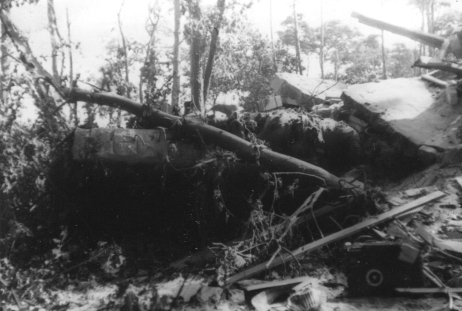
As it turned out, it was not the concrete ruins that were the photographer's target. His attention was focused on the fallen soldier lying on the edge of the fallen wall of the guardhouse:
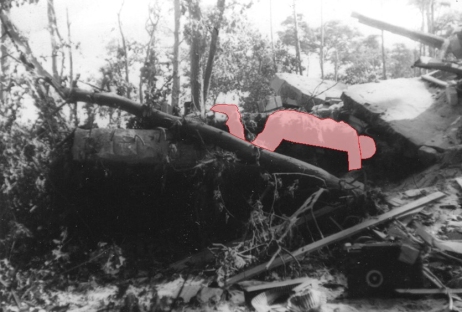
The second photograph shows the same locatoin, but the photographer took the photograph more to the right and was closer to the fallen soldier.
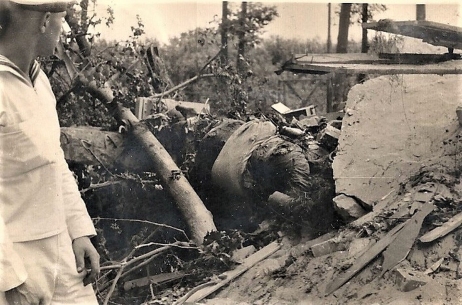
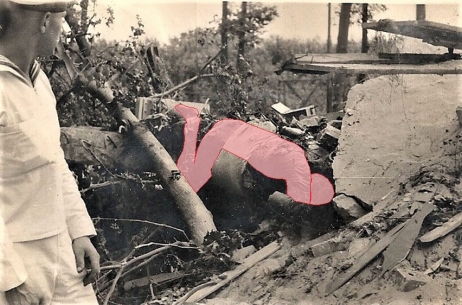
The second photograph shows the body of the fallen in detail, thanks to which the research team was able to analyze it thoroughly. The archaeologists noticed abrasions and holes in the uniform visible at the height of the hips and the shoulder blades of the fallen - probable places of injury. The soldier's head was pinned down by a heavy concrete block, which must have injured the skull. The photograph clearly shows that the fallen does not have a shoe on his right foot, and there is a cylindrical object on his right shoulder - a container for a gas mask.
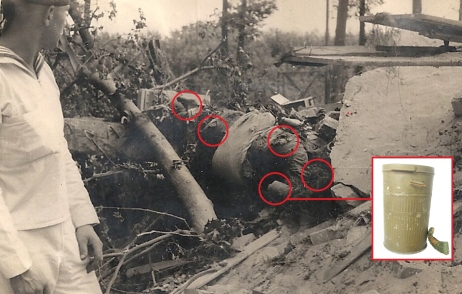
After analyzing the photographs, the team of archaeologists returned to the analysis of the archaeological and anthropological data collected during the archaeological work. Once again, all of the discovered graves were carefully studied, which led to some surprising conclusions. It turned out that details of one of the fallen who was unearthed corresponded to the data obtained from the analysis of the photographs. One of the fallen found in the burial pit no. 3 had the same type of injuries. He was the only one found with a gas mask container and no shoe on his right foot.
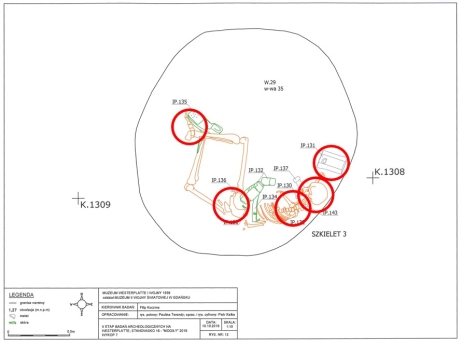
Thanks to research searching for the closest living relatives of Polish soldiers who died during the defense of the Miltary Depot in 1939, initiated by the Museum of the Second World War in Gdańsk, nearly two years after the discovery of the remains, it was possible to identify the fallen immortalized in the photographs. Unearthed in pit no. 3. there was Senior Rifleman, Ignacy Zatorski. He was born in 1915, he arrived at Westerplatte in March 1939. During the defense of the Depot, he fought in the "Rampart" and "Fort" posts, and he died on September 2nd in the bombed Guardhouse No. 5.
Thanks to the cooperation of the Museum of the Second World War in Gdańsk with the Pomeranian Medical University in Szczecin and the Departmental Commission for the Prosecution of Crimes against the Polish Nation of the Institute of National Remembrance in Gdańsk, to date, seven fallen defenders of Westerplatte have been identified. They will soon be buried with dignity in the new military cemetery at Westerplatte.












